The Best Exercise for Frozen Shoulder:
How to Treat and Prevent it
The best exercise for frozen shoulder includes range of motion and shoulder stretching exercises to help treat and prevent frozen shoulder.
It is important to stretch both the posterior and anterior muscles of the shoulder as well as doing range of motion and shoulder strengthening exercises as you are able.
Posterior Shoulder Stretch
Standing with good posture place one arm across your body just under your chin and parallel to the ground.
Using the other hand to gently pull and press the upper arm towards your body.
Hold for about 10 seconds and repeat for 3 to 4 repetitions.
Anterior Shoulder Stretch
Standing upright, reach back or clasp your hands(if you are able) behind your back and gently pull away from your body while lifting them up.
Try this with the palms rotated both up and down, see which is more comfortable for you.
Keep good posture and hold for about 5-10 seconds and repeat this shoulder stretching exercise for 3-5 repetitions.
Best exercise for Frozen Shoulder: Dumbell Circles
For this exercise for frozen shoulder you may stand with the good side hand on a bench or table while the frozen shoulder hand dangles holding a 3 or 5 pound dumbbell, or even no weight in the beginning.
Circle the arm clockwise and then counterclockwise about 10 repetitions each, making the circles progressively larger as you are able and with no pain.
Shoulder Range of Motion Exercises: Overhead Reach
These shoulder exercises done lying face down on the side of a table or bed are very helpful at stabilizing the shoulder joint while using gravity to improve your range of motion.
Work with light or no weight as you raise the arm overhead palm down, then down by your side with palm up.
Repeat these for 6-8 repetitions working to get more range with each reach.
Also, do this exercise reaching straight out to the side with your palm face down.
Find more information about how to exercise your shoulders here.
ANATOMY OF THE SHOULDER
It's good to know the best exercise for frozen shoulder because of the anatomy and the extensive range of motion in the shoulder joint.
The shoulder joint is highly vulnerable to injury and needs to be dealt with in a timely fashion.
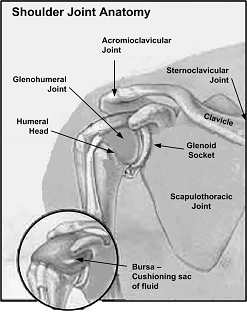
A frozen shoulder is different than other shoulder injuries in that it affects the shoulder joint capsule.
When the rotator cuff is torn or there is tendonitis in the joint, the muscles and tendons that support the joint become inflamed from the injury and cause you shoulder pain.
Find more rotator cuff exercise from this page.
WHAT CAUSES FROZEN SHOULDER?
In the joint where the head of the humerus (upper arm) fits into the shoulder socket the ligaments that support the capsule become inflamed and cause pain, stiffness, and limited motion.
This may be referred to as the freezing phase that can last from 1- 3 months. Most people have moderate to severe pain that seems to worsen at night.
The frozen shoulder may occur after a rotator cuff tear, which generally causes immobilization of the arm and joint.
You may develop a frozen shoulder from overuse, or poor posture that results in a shortening and tightening of the muscles and ligaments around the shoulder joint.
The second phase is the actual frozen shoulder. There is not as much pain but it can be very stiff and with limited range of motion.
This phase can last anywhere from 4-12 months.
The third and final phase is the thawing where the range of motion begins to return.
This can go on for 3-8 months. This is where you will begin to focus on exercise for frozen shoulder.
Recent Articles
-
Pilates after Total Knee Replacement
Apr 23, 20 06:20 PM
It's 2 yrs.post op since I had total knee replacement in both knees. In order for them to last it's recommended that you lift not more than 25 lbs. Pilates -
SI Joint Pain Improved with Pilates!
Aug 11, 17 12:29 AM
Dear Jennifer, I just wanted to reach out and thank you for dramatically improving and changing my life. About a year ago, I woke up in debilitating -
Hip pain after 4 months of Reformer Pilates
Jul 12, 17 06:44 PM
Hi, I had a total right hip replacement 8 months ago; I rehabbed really quickly, although I was also (and still am) dealing with L4 spondylolisthesis.
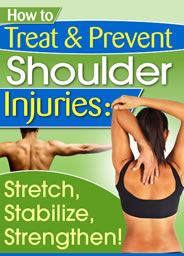 | Get Instant Access to Loads of Color Pictures, Exercises, and Information Designed to Heal and Protect your Shoulders. Learn how to Heal and Protect your Shoulders so you can Enjoy Life Again! Learn More! |
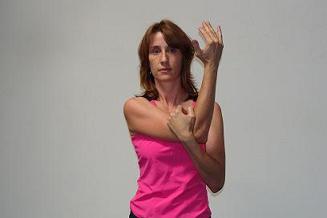
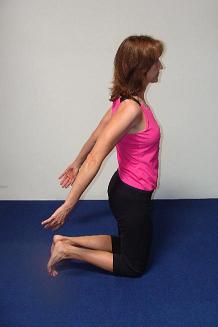
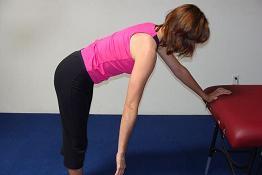
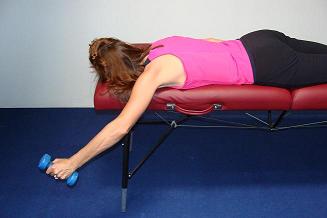

New! Comments
Have your say about what you just read! Leave me a comment in the box below.